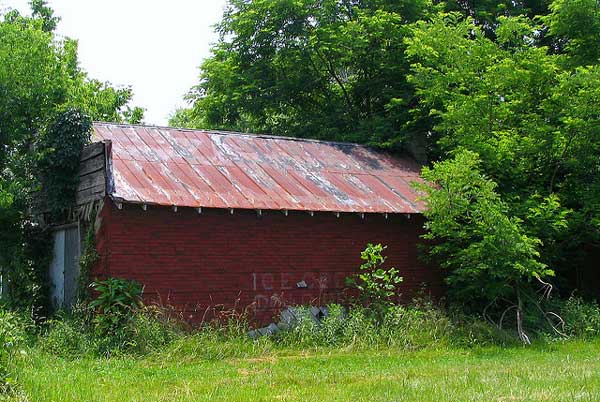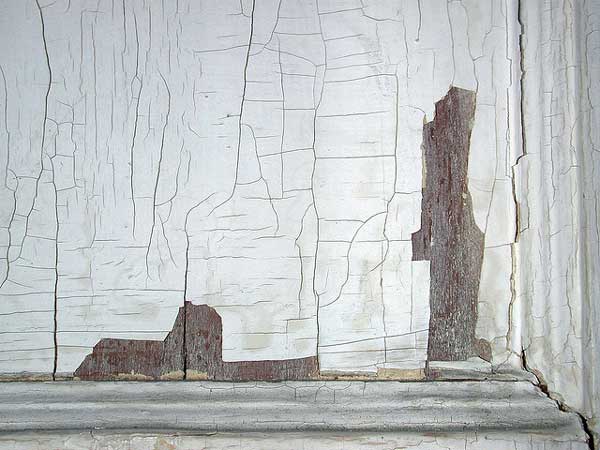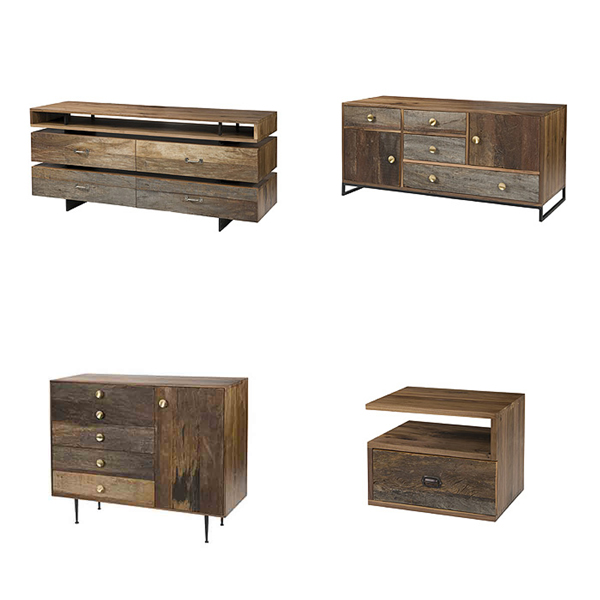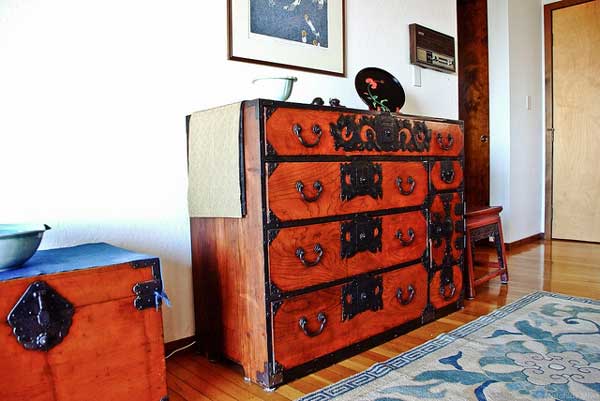Reclaimed wood furniture is taken through a process of refinement to ensure the safety of pieces made from recycled wood projects but you should still take precautions. Being that reclaimed wood comes from so many different sources, it is difficult for distributors to track where each and every piece came from, let alone what type of paint or finish it was coated with.
Reclaimed wood is used to make everything including hardwood flooring, wall paneling, cabinets, shelves, furniture, and much more. It’s becoming ever more popular after the reclaimed lumber industry formed and began to gain momentum in the 1980’s. In the 90’s we saw reclaimed wood furniture become even more popular due in large part to the unique antique patina that it offered and the fact that it was an eco-friendly and sustainable solution to furnishing your home.
Short Answer: Use caution when using reclaimed wood inside your home. It’s hard to tell where the wood was sourced from. Test any reclaimed wood furniture before you use it inside or around your home.
What is Reclaimed Wood Furniture?
Reclaimed wood is recycled wood that was typically used to construct buildings in the past. When these building are torn down, the salvaged wood is repurposed into reclaimed wood furniture. Many times, there are large pieces of wood that are largely intact and have no defects. Reclaimed wood does not include sawdust wood that has been ground into fine particles and held together with large amount of glue containing chemicals like formaldehyde as seen in MDF and particle board.
Reclaimed wood offers many benefits over wood that is grown to be harvested in modern times. Among those, older timber that was used prior to World War II had matured for hundreds of years. This made the wood denser and stronger.
Where Does it Come From?
- Previously used furniture, flooring, and cabinetry.
- Building and architectural structures including solid wood beams.
- Old barns, factories, factories, warehouses.
- Boxcars, coal mines, and old wine barrels.
Facts About Reclaimed Wood Furniture
- 40 Points harder than virgin wood on the Janka Hardness Scale. It’s stronger and has a higher density as it has had more time to mature.
- Genuine aesthetic set by hand crafted wood workers from years in the past. Reclaimed wood has a noticeably different appearance than fresh cut wood with unique patinas, knots, and soft textures as a result of maturity.
- It’s environmentally friendly and reduces the amount of trees being cut down to construct furniture and homes. By using Post-Consumer products, reclaimed wood furniture gives our natural resources new life.
- Makes it possible to find aged exotic wood that is hard to find and very expensive nowadays.

Reclaimed wood comes from old barns like this. CC
Investigating Toxins and Other Pollutants
There are concerns as to the safety of reclaimed lumber and rightfully so. With the dangers of lead poisoning brought to the attention of the public in the 90’s, lead is a justified concern. In 1993, the National Academy of Sciences verified that lead at extremely low doses caused neurobehavioral deficits. Here is some background information on the processing of reclaimed wood.
- Reclaimed wood is ran under a metal detector to ensure that there are no small nails or other metal debris from previous applications.
- The Consumer Product Safety Commission and other government agencies require testing for lead and other toxic chemicals that were found in the paint and finishes in the past. After 1978, no lead could be used in paint.
- Lead dusts and debris are the main concern of lead poisoning.
How Lead Poisoning Occurs
Lead poisoning is particularly dangerous to children and infants. Exposure in the form of inhalation, consumption, or absorption by the skin can lead to symptoms including sluggishness, vomiting, weight loss, developmental delay, and learning difficulties.
Lead poisoning occurs from lead in the air, dust, water, and other commercial products. Deteriorating lead paint can fall on the floor where infants are likely to crawl. Teething infants are also more likely to chew and bite on furniture which can put them at risk. For this reason, it’s be to keep products with lead paint away from young children. Children under the age of 6 are most vulnerable to lead poisoning.

This is what lead paint looks like. CC
How to Test the Safety of Reclaimed Wood
As lead is the main concern of reclaimed wood, you can easily test it yourself. All you need to do is go to your local hardware store and buy a lead paint tip like this one from Home Depot. From there you can test items with a simple test where the testing liquids will change colors to denote the presence of lead.
More Resources:
- Tips to Avoid Lead Poisoning from the Mayo Clinic
- Leadership in Energy and Environmental Design (LEED)
- Lead Paint Safety from Department of Housing and Urban Development (HUD)
About the Author
Cheryl Khan is an interior designer and contributing author to the Tansu.net Blog. She has an investigative mind that enjoys the story behind design. You can contact her by sending her a tweet @SuperInteriors.







